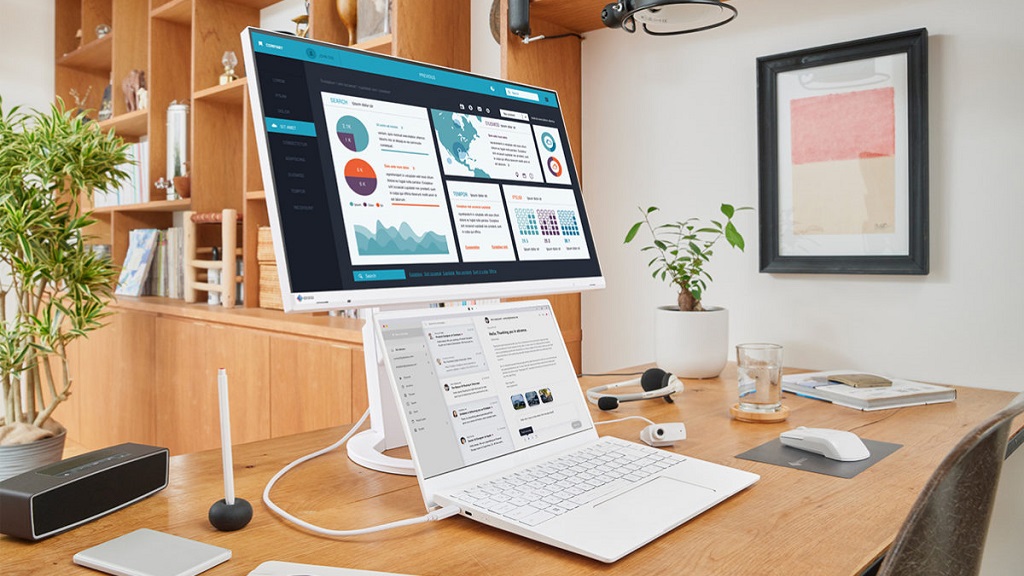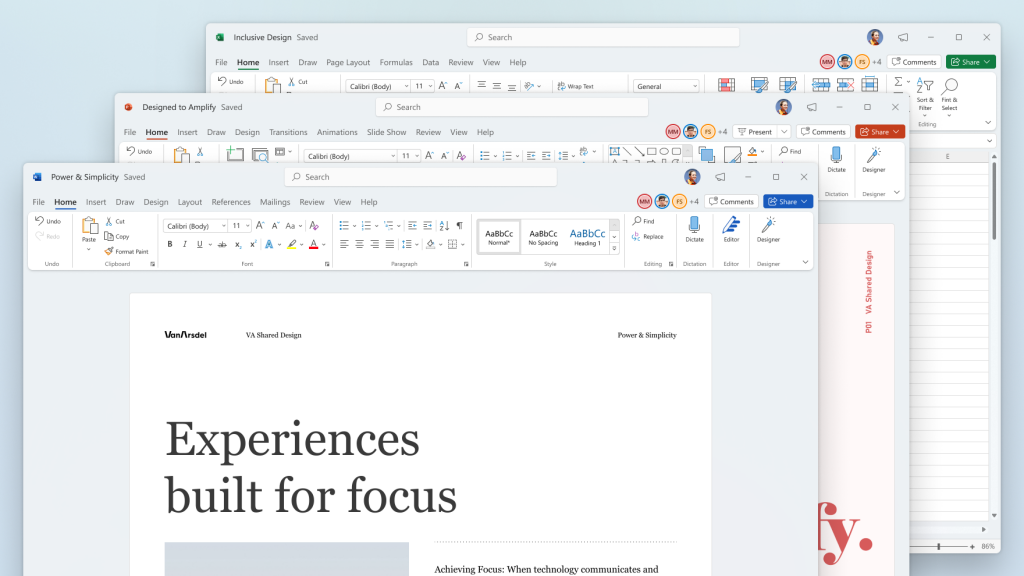
Technologies have been incorporated into the world of work as a tool to improve the performance, productivity and competitiveness, as well as a means of communication. However, it is not a decisive factor when choosing a job, as indicated by the data from the Cigna 360 Wellbeing Survey 2022 study, which shows that more than half of active workers would not choose a new job based on the use of new technologies and digitization processes of a company.
And it is that, despite the fact that most of the population that uses the Internet considers that the new technologies can entail benefits to society, in general termsone in four rejects the use and learning of new technologies due to incorrect use, the rejection being greater among womenaccording to the National Observatory of Technology and Society (ONTSI).
This incorrect use, together with the high labor demand related to technologies, the increasing implementation of teleworking and telematic training and meetings, as well as the lack of prior training on its use They are directly related to the appearance of anxiety, stress, discomfort or a high level of psychophysiological activation when using any type of technology, developing negative attitudes towards them.
Ana Sanchez de Miguel, Director of Human Resources of Cigna Spain explains that “Many people live more concerned with technology than leave personal life in the background. Being constantly connected to work, through a mobile phone, a computer or any electronic device, can have a considerable impact on the mental health of employees, causing a drop in performance and the possible appearance of burnout syndrome. Holding a meeting through the computer screen does not allow you to make eye contact with your interlocutor, which is the way to foster empathy and mutual understanding. I am aware that technology and innovation are accelerators of change and are necessary for the development of society, although I believe that it is necessary to have a well-defined purpose and adequate training and avoid their misuse in order to avoid techno-stress as much as possible”.
The origins of technostress
The origin of techno-stress lies in a mismatch between the need to use ICT in the workplace and the resources available to cover them and perform work tasks (digital skills, availability of devices or Internet access), as stated by the National Institute for Occupational Safety and Health (INSST). There are two types of techno-stress: techno-anxiety (caused by feelings of anxiety, stress or fatigue due to the need to use ICT or learn how it works) and techno-addiction (constant use of ICT and inability to disconnect).
Regarding the first, more than 71% of the Spanish population considers that the inappropriate use of technologies generates anxiety or stress situations based on an ONTSI study. On the other hand, the same study shows that young people between the ages of 16 and 25 are at greater risk of developing some type of technological addiction.
Cigna’s health experts identify the effects of excessive use of technology in the workplace and that serve as a basis for identifying techno-stress:
- eyestrain: the average time of exposure to electronic devices (mobile phones, computers, e-books…) is 7 hours a day for young people and adults. Concentrating on a task for many hours can cause symptoms such as dryness hide, irritation or blurred vision. Reducing the light intensity of the devices or the lighting of the environment itself so as not to strain the view can help reduce the effects derived from visual fatigue. In addition, choosing screens that have warmer tones or that have a blue filter allow you to work more comfortably. It is also important to correctly locate the screens with respect to natural light sources (windows), and the monitors should be placed perpendicular to them (never in front of or behind them) to minimize the appearance of reflections and/or glare that increase visual fatigue. Last but not least, you must take short periodic breaks to rest your eyes and, if possible, alternate working with screens with other elements that involve less visual load. There are also sight relaxation exercises, for example, contemplating distant scenes or performing “patting” exercises that consist of placing the palms of the hands over the eyes, keeping them open and without touching the eyelids for 20 or 30 seconds without seeing any light).
- Tech addicts and mental health: The pathological use of technologies can materialize both in addiction and in uses that can generate psychological problems. Dependence on the use of mobile phones and other devices connected to the network can cause serious problems such as anxiety or discomfort that can directly affect the quantity and quality of sleep and daily life in general. Limiting the hours of use of these devices and encouraging the performance of activities that do not require the use of technologies to promote spoken communication and personal relationships can help control the compulsive feeling of being connected at all times and in any place.
- Osteomuscular problems: Work overload, repetitive use of certain muscles, and forced or incorrect postures for long periods of time can lead to muscle fatigue, contractures, or more serious physical problems. Low back pain, back pain, carpal tunnel syndrome or trigger finger are some of the most frequent clinical manifestations related to the continued use of electronic devices. For this reason, it is essential to have a work space that is large enough to allow proper postural hygiene to be maintained while working in front of the screens, in addition to regularly performing stretching and muscle relaxation exercises during breaks. In case of ailment, it is recommended to go to a physiotherapist, in addition to relaxing the muscles.
- Mental and cognitive exhaustion: “Technofatigue” is characterized by a feeling of tiredness and mental and cognitive exhaustion due to the use of technologies. The syndrome of ‘information fatigue’ due to information overload derived from the Internet and the inability to take in new information can translate into mental fatigue, headaches and even a reduction in energy that directly affects the difficulty concentrating and pay attention with the corresponding drop in performance and labor productivity. To combat this burnout, it is essential to reduce non-productive tasks related to the use of new technologies such as checking social networks at work or answering unproductive emails. By establishing a time limit for the execution of technology-related activities, procrastination and a perfectionist approach are avoided. Also, carrying out continuous physical exercise strengthens the brain and makes it less prone to mental fatigue; likewise, taking care of diet and adequate hydration prevents/mitigates these symptoms.



